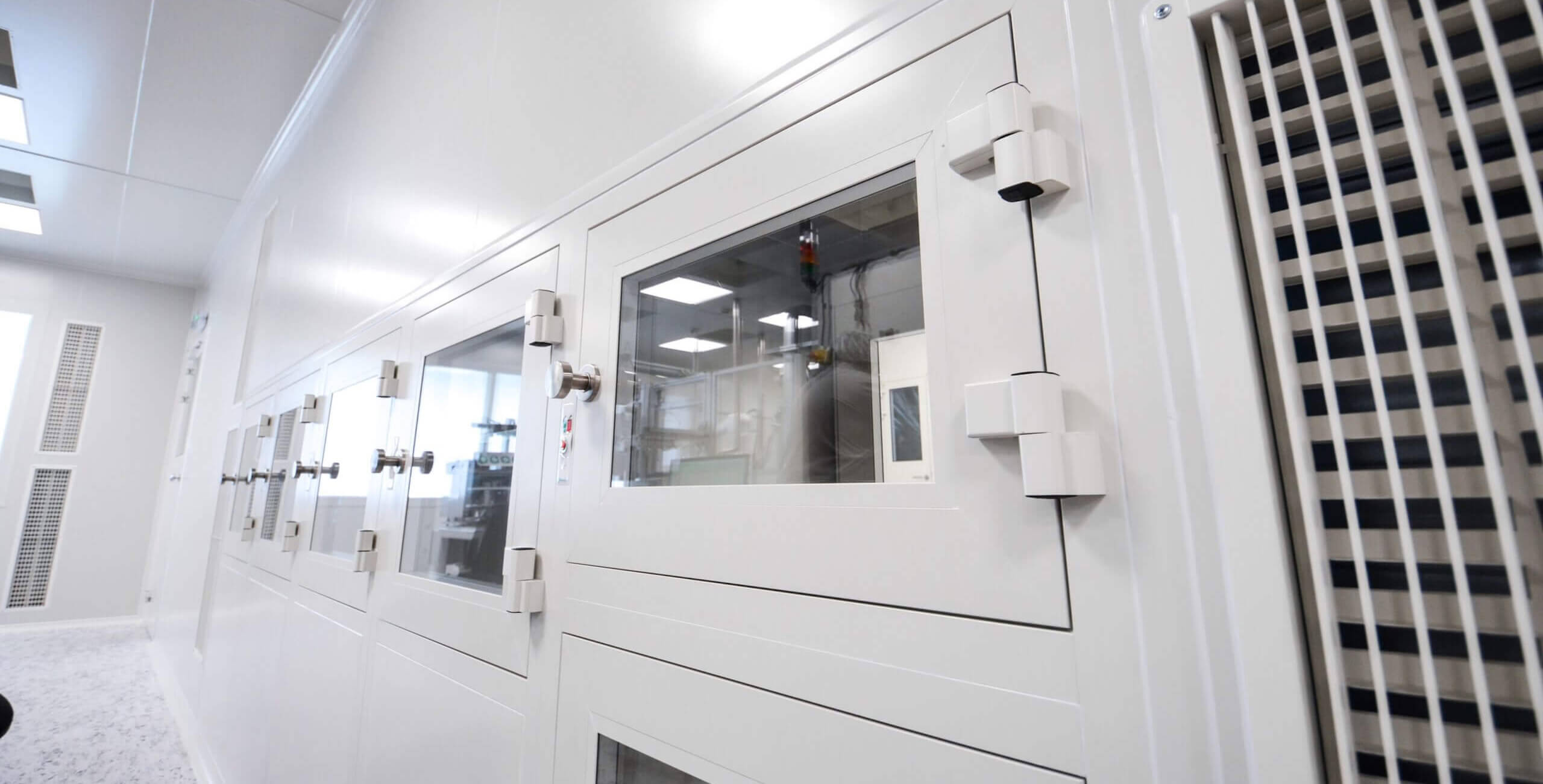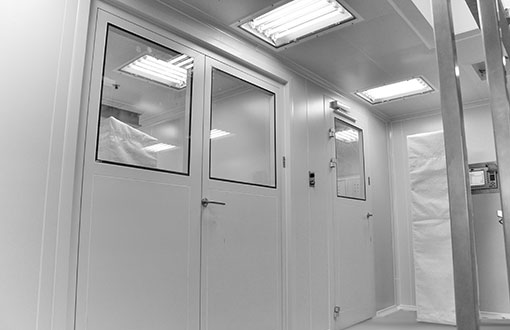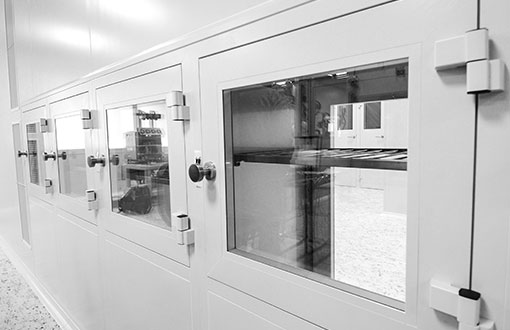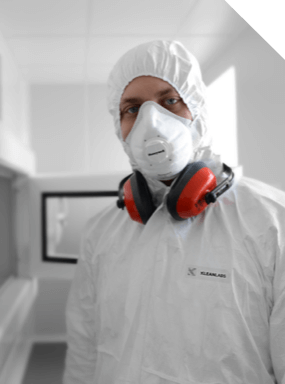How often should HEPA filters be replaced in a clean room? Every clean room operator faces this question at some point and it quickly becomes an important issue while considering replacement and maintenance costs. In the following, we provide an overview on HEPA filters, HEPA filter testing and give some expert tips on HEPA filter replacement frequency.
What are HEPA filters and what role do they play?
In order to keep cleanrooms functioning at the required standards, special filters are in use.
These special air filters are called HEPA filters. What’s important about HEPA air filters is that they are incredibly effective at capturing particles of almost all sizes. articulate air filters are made of either plastic (PP + PET) or fiberglass and can capture viruses, bacteria, pollen, PM2.5, allergens and are also highly effective at capturing nanoparticles. Filters containing an adsorbent or catalyst such as charcoal may remove odors and gaseous pollutants such as volatile organic compounds or ozone. HEPA filters are also the most important component of any air purifier.
What standards must HEPA filters comply with?
HEPA stands for the ability to fulfill a strict set of requirements.
In Europe HEPA filters must remove 99.95% (ISO) of particles, in the US they must remove 99.97% of particles that have a size greater than or equal to 0.3 μm.
Filters that capture ≥ 85% of particles, but less than 99.95% are called EPA filters or ‘efficient particulate air filters. These air filters do not meet filtration requirements to be considered a HEPA air filter. On the other hand, filters that exceed the requirements of a HEPA air filter and capture more than 99.999% of particles are called ULPA filters or ultralow penetration air filters. These are more expensive as their efficiency and their medium resistance level is higher.
To protect HEPA filters, preliminary filters are used: usually fine particulate air filters like F7 und F9 filters (EN779). Those must be replaced regularly and protect the HEPA filters from clogging.
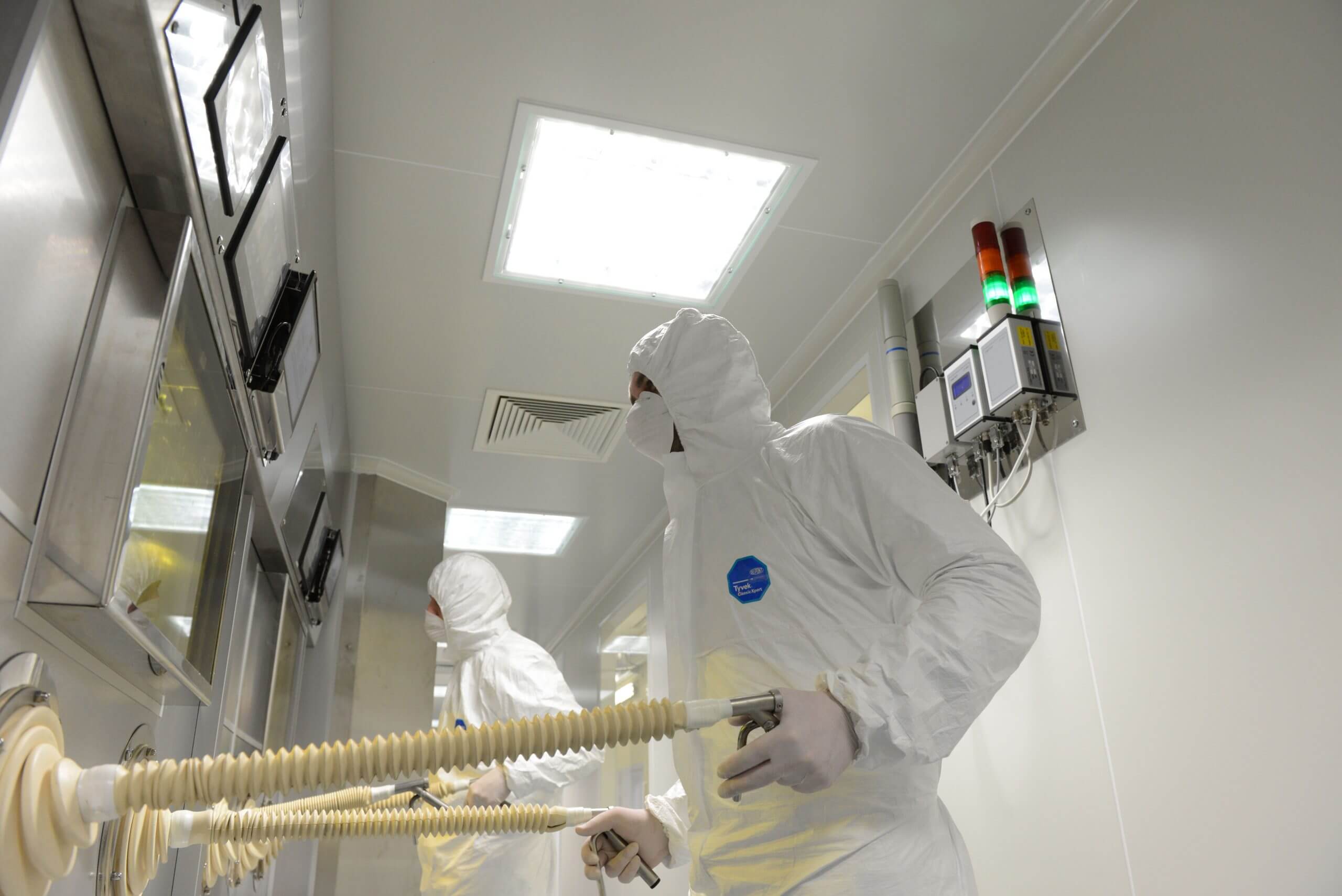
Cleanliness class of the clean room may also affect the lifespan of the filter as ‘dirtier’ environments mean a heavier load on filters
Why is HEPA filter replacement frequency such a key issue?
Integrity of HEPA filters is essential to assure required cleanliness levels in a cleanroom. However, there are other relevant aspects that are worth considering when deciding on how often the filter should be replaced.
One of those aspects is the load on the filter and the pressure drop. Should the pressure drop get too high, the ventilation system will start working at an increased rate to maintain the prescribed air exchange rates, resulting in higher energy demands. If we experience a jump in operational costs in this case, HEPA filters are more likely to be worth replacing.
Applicable GMP and ISO guidelines
Maximal lifespan of HEPA filters are not specified in GMP and ISO guidelines.
However, both GMP and ISO 14644-3 guidelines prescribe leak tests at least every 6-12 months.What is mentioned though is that according to GMP, the filter has to be free of leaks. Leak tests are to be performed every six months in ISO 1-5 zones and every twelve months in ISO 6-9 environments. Of course, if the filter doesn’t pass the test, it must be replaced.
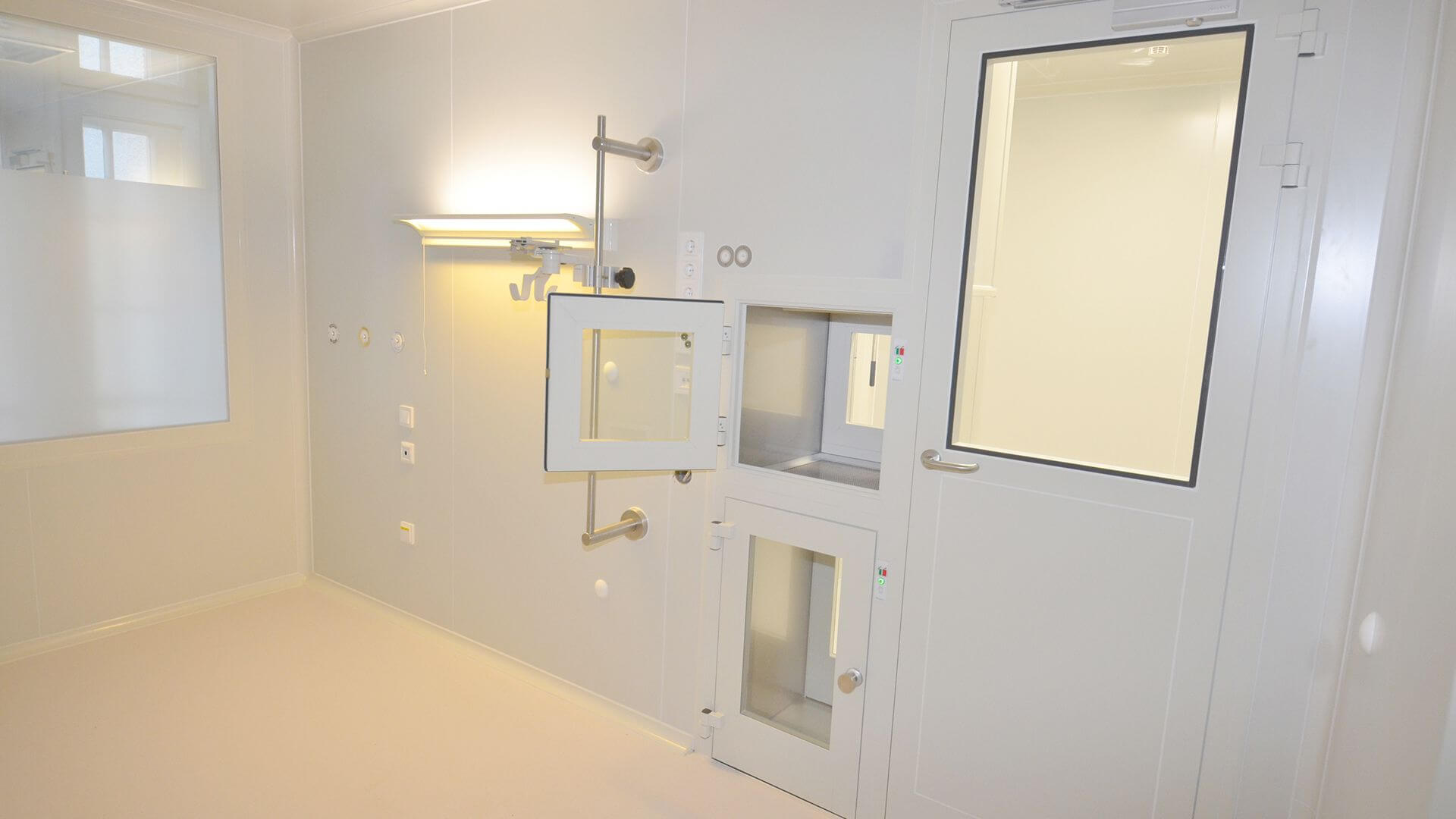
The KleanLabs semi-active and dynamic clean room pass box models are also equipped with built-in HEPA filters
HEPA filter replacement frequency best practices
1. Determine how dirty your clean room is
Recommended replacement frequency of HEPA filters will greatly depend on how dirty your cleanroom is.
For instance, ISO 8 rooms do not require gowning rooms, hence are much dirtier than ISO 5 rooms, as they are the least clean in terms of cleanliness classification. The burden on the filter will also be greater in an ISO 8 cleanroom than in an ISO 5 environment. In case of some cleanrooms, this extra burden may result in having to exchange HEPA filters on a yearly basis.
Also, keep in mind that an increased load on the filter may result in higher energy demand as the ventilation system needs to work at an increased speed to compensate.c.
2. Rule of thumb for replacements
There are companies that swear by replacing the HEPA filters every 3 years. The maximum lifespan of HEPA filters we’ve heard of from our clients is around 8 years, which doesn’t mean it has reached its maximal life expectancy by then. As long as filters are assessed regularly and deemed effective, they do not have to be replaced.
3. Extend your filter’s lifespan
Factors that impact life expectancy of filters are:
- the volume and pollutedness of the filtered outside air,
- the volume of recirculated air filtered,
- aerosol challenge exposure frequency and duration,
- the efficiency of the pre-filtration method(s) used.
Keep in mind that if your filters are custom-made, delivery after placing an order might take longer and will also result in higher costs. This is why regular checks and preventative measures will go a long way.
In the last few years there has been a shift in the manufacturing industry from preventive to condition-based maintenance (CBM). There are a series of sensors that observe the state of different parts and as a consequence, maintenance is only performed when certain indicators show signs of decreasing performance or failure. This technology allows using air filters for exactly the optimal amount of time.
4. Keep track of replacements
The person replacing the filter should always sign and date the filter for the sake of clear workflows. Thus, if anyone new will have to deal with replacements, they’ll have full access to data in a very transparent way.
How is HEPA filtration system testing performed?
Testing the performance of air filtration systems in clean areas is critical to maintaining the cleanliness of the production environment.
Dispersed oil particulate (DOP) scan testing, also known as filter integrity testing, or leak testing, is one of the most frequent methods by industry standards. The test is recommended to be repeated at regular time intervals to verify the continued efficiency of the filter. During the test, the filter undergoes an aerosol probe, meaning that it is challenged by introducing particulates to the air and the output is measured.
Spatial uniformity of aerosol probe
When performing an accurate filter leak test, aerosol concentration must be uniform over the entire upstream face of the filter(s) being tested. In other words, the aerosol test must have spatial uniformity. Otherwise, high or low local concentrations may cause the filter to incorrectly fail or pass the test. The ISO 14644-3 guideline suggests that the variation in test aerosol concentration through time should not exceed ±15%.
Testing for potential leaks between the filter frame and housing
HEPA filters have a space between the filter frame and its housing.When testing for gasket leaks between the filter frame and housing, the probe is inserted into that area and then the area is scanned to determine S local collection efficiencies. Based on these measurements, leak rate and overall efficiency of the filter called integral value are calculated.Should there be a leak found on the filter,, it can be fixed following a fill patching procedure.

